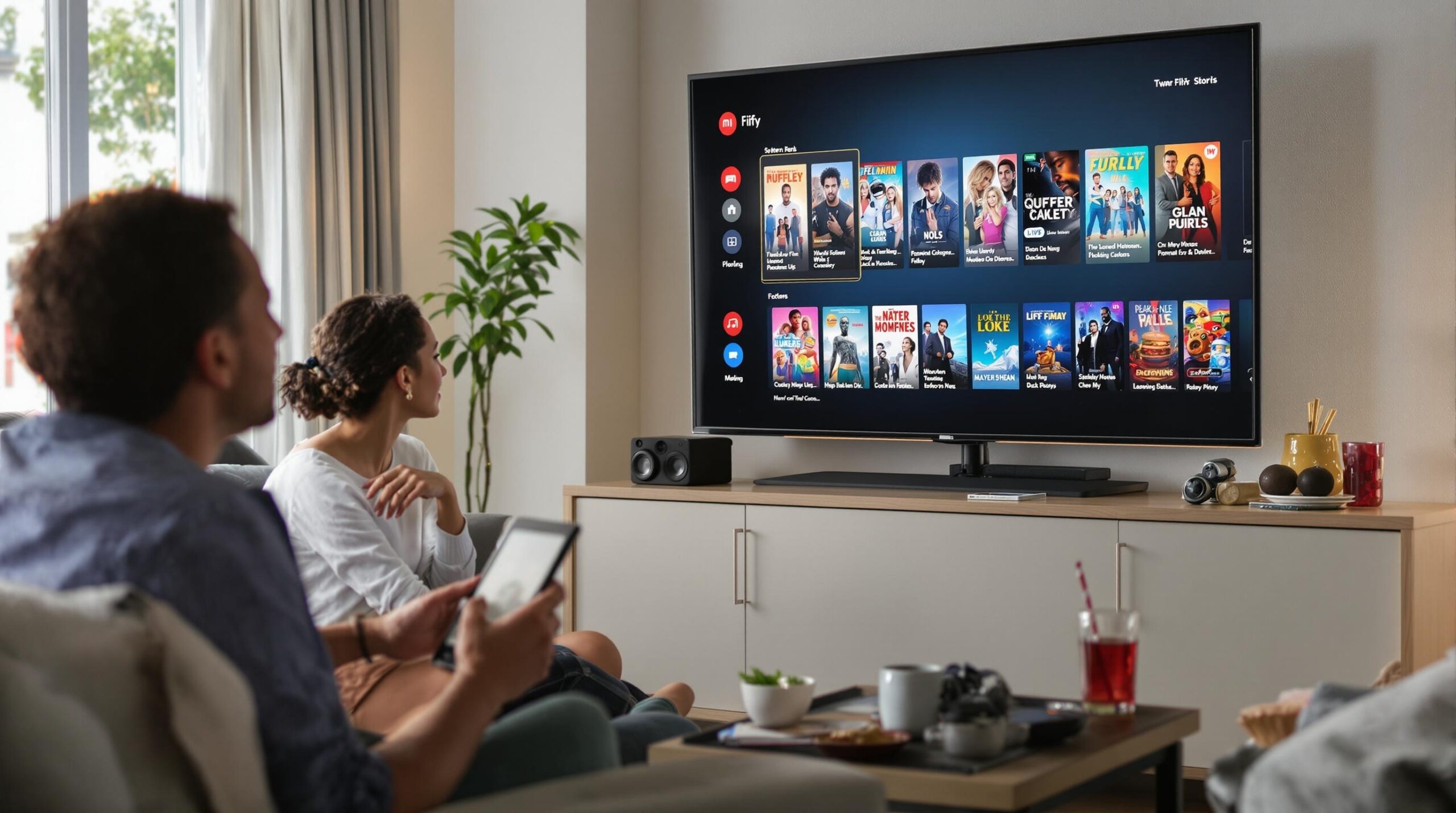Streaming services have significantly influenced consumer spending habits in recent years. With the increasing reliance on digital media, people now prioritize subscription-based services over traditional entertainment options. As these services evolve, they shape, reshape, and redefine how consumers distribute their financial resources.
The Evolution of Streaming Services
Streaming services have grown exponentially over the past decade. Initially, they offered an alternative to physical media like DVDs. Platforms like Netflix and Hulu spearheaded this transformation, offering vast libraries of content that are accessible at users’ convenience. The rapid and widespread adoption indicates a major shift in how consumers spend their entertainment budgets.
As these services expanded, they introduced consumers to endless choices at competitive prices. Families no longer needed to buy entire seasons of shows or invest in single-use movie tickets. This shift not only altered consumer habits but also forced traditional media to innovate and adapt to the changing landscape.
The Appeal of Subscription-Based Models
Subscription-based models of streaming platforms appeal to consumers for several reasons. First, they provide an all-inclusive entertainment experience for a single monthly fee. Consumers appreciate having predictable costs, which helps with budgeting. This setup contrasts with the unpredictable expenses of traditional cable services, where fees may unexpectedly increase.
Moreover, streaming services often offer the flexibility to cancel without penalty. This freedom empowers consumers to select services that best meet their current needs. It encourages a more dynamic spending behavior, as people feel less tied down to a single provider.
Additionally, streaming platforms often roll out exclusive content to attract and retain subscribers. This includes original series, films, and documentaries not available elsewhere, encouraging consumers to consider exclusive content when making spending decisions.
Impact on Traditional Media and Retail
The rise of streaming services has had a profound impact on traditional media outlets and retail sectors. Cable and satellite subscriptions have steadily declined as more people switch to online solutions. Many consumers prefer the convenience and variety available on streaming platforms.
These changes have forced traditional media companies to rethink their approaches. Some have launched streaming services, while others have partnered with existing platforms. This adaptation reflects the industry’s acknowledgment that consumer spending is now primarily influenced by digital consumption patterns.
Retail sectors, particularly those focused on the physical sale of media like DVDs and Blu-rays, have also been affected. Sales in these categories have plummeted, leading retailers to reduce inventory or pivot towards digital sales and streaming options.
Influence on Entertainment Budgets and Priorities
Streaming services have transformed how consumers allocate their entertainment budgets. Many people have cut the cord entirely, opting for streaming services exclusively. As a result, household entertainment budgets now heavily prioritize subscription fees over cable or satellite bills.
Additionally, loyalty to specific streaming services can influence other expenditures. Subscriptions to TV series, spin-off merchandise, or themed products can become part of a consumer’s spending habits. Consumers may opt for streaming service gift cards as presents, further embedding these services into everyday spending culture.
Even so, the competition within the streaming industry introduces a balancing act for consumers. With numerous platforms available, they must decide which offers the best value. This competition fosters a consumer-centric market where individuals have more control over their entertainment choices.
Challenges and Future Directions
As consumers adapt to streaming services, several challenges emerge. Data privacy concerns and content overload are common issues that affect spending habits. Consumers may hesitate to subscribe to many services due to overwhelming options or unclear data handling practices.
Streaming services must maintain consumer trust by addressing privacy concerns and ensuring content remains relevant and accessible. This balance is crucial for retaining customers and preventing churn, a constant concern in subscription-based industries.
The future of consumer spending on streaming services remains poised for growth and innovation. Technological advancements, such as virtual reality and personalized viewing experiences, may lead consumers to focus on more immersive media options. Streaming platforms will likely continue to adapt, introducing new features that align with consumer needs and interests.
Conclusion
In conclusion, streaming services have profoundly impacted consumer spending habits. They have replaced traditional media avenues, offering convenient, flexible, and cost-effective entertainment options. As consumers increasingly favor these services, spending priorities have changed, emphasizing digital consumption and exclusive content offerings.
The influence of streaming services extends beyond immediate entertainment, affecting entire industries and transforming traditional spending models. As technology evolves, streaming platforms will play a pivotal role in shaping future consumer spending habits, emphasizing accessibility and personalization. Ultimately, consumers benefit from a dynamic and consumer-centric entertainment landscape as the marketplace adapts.


